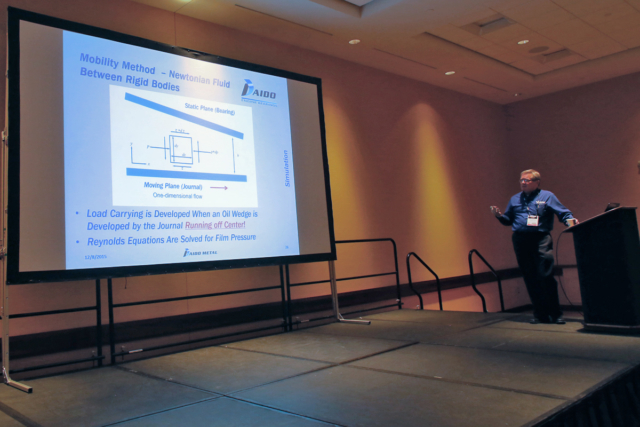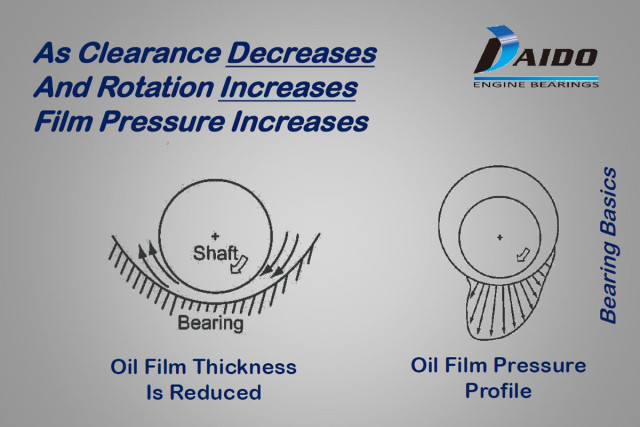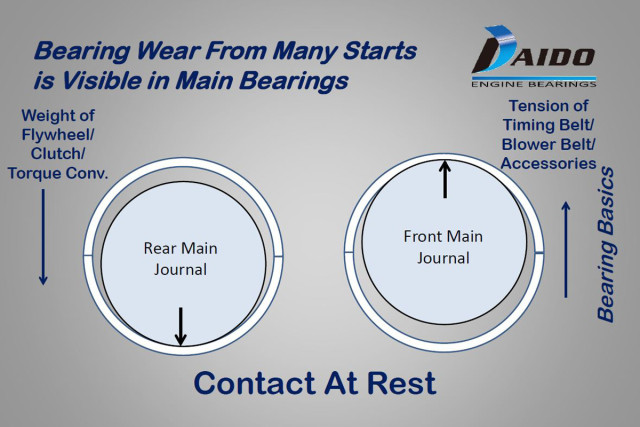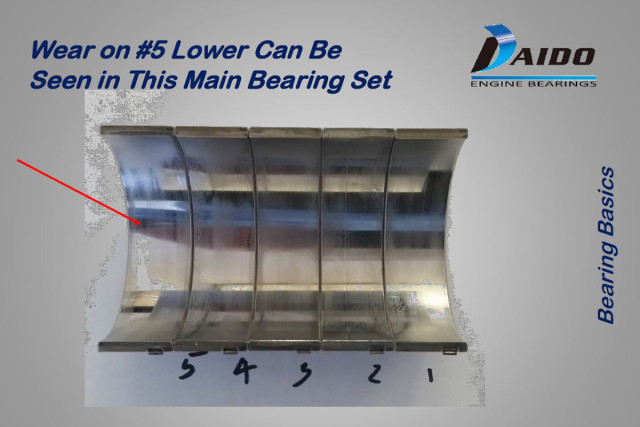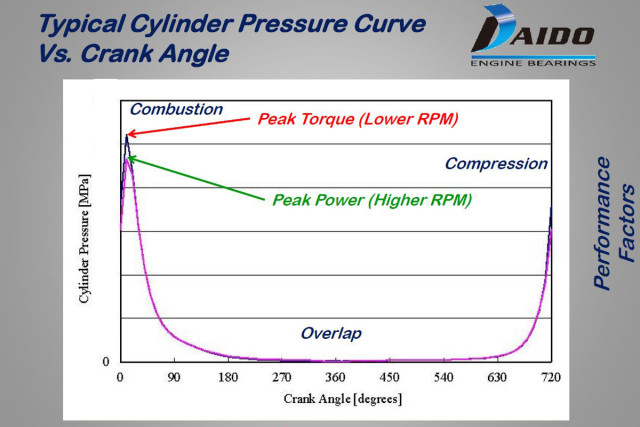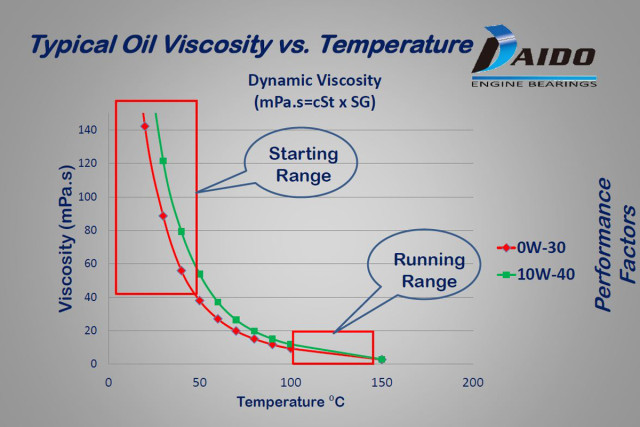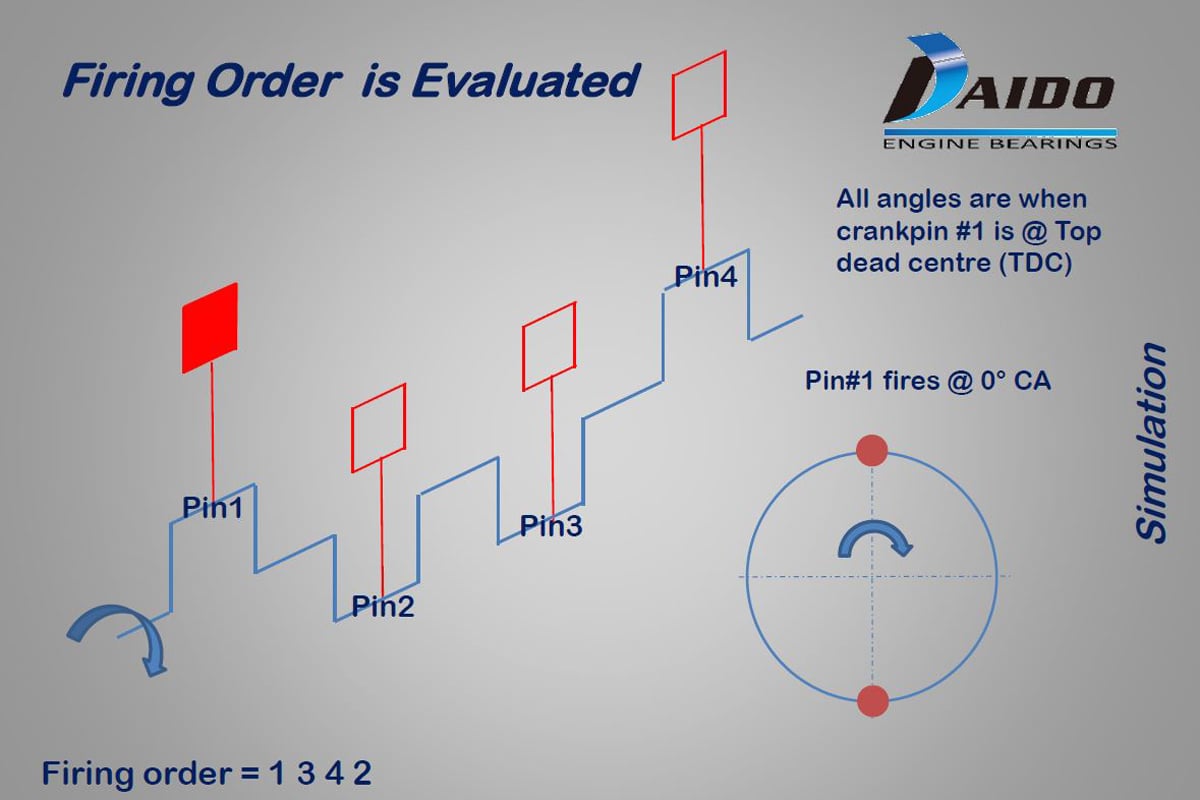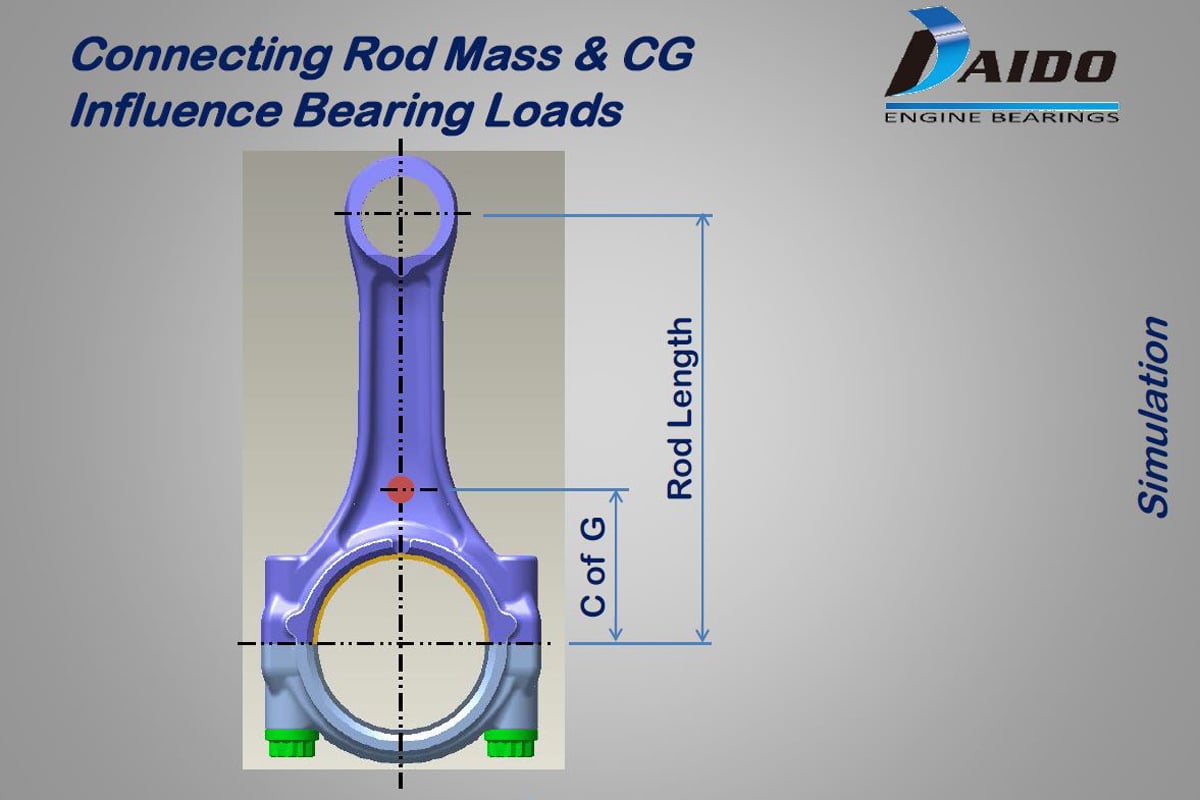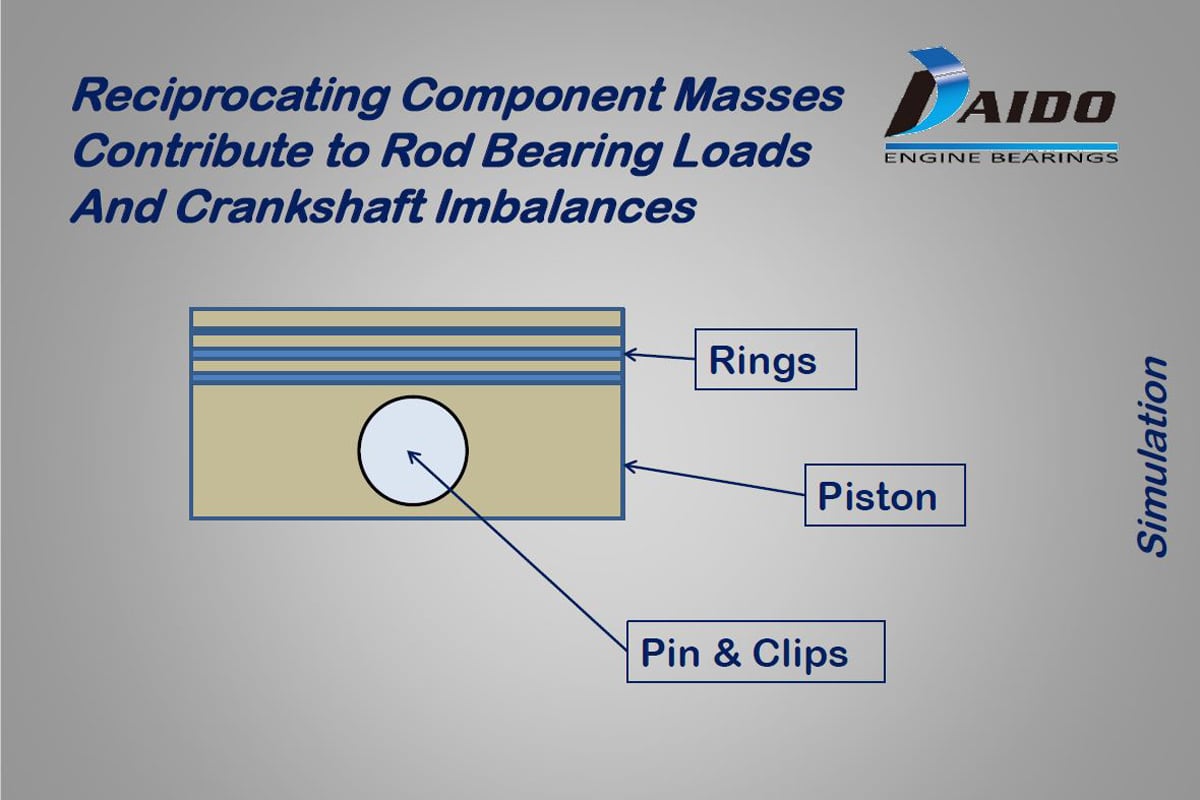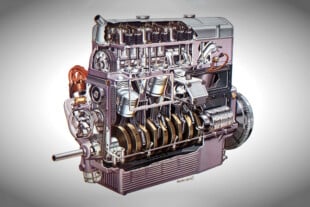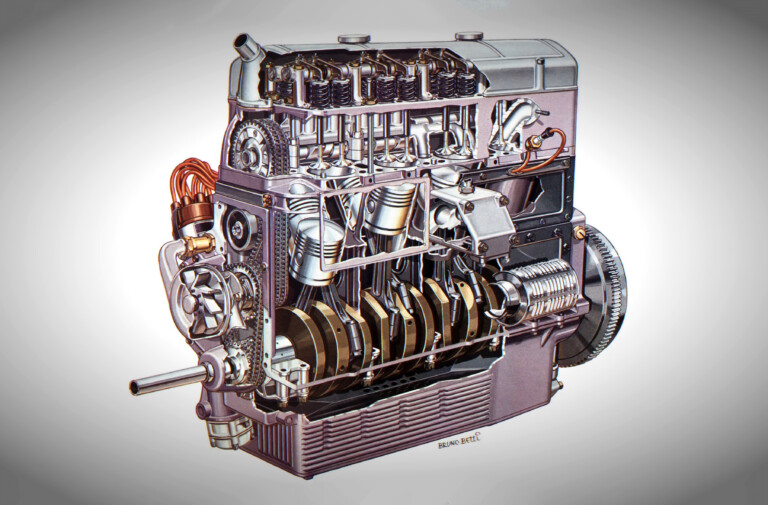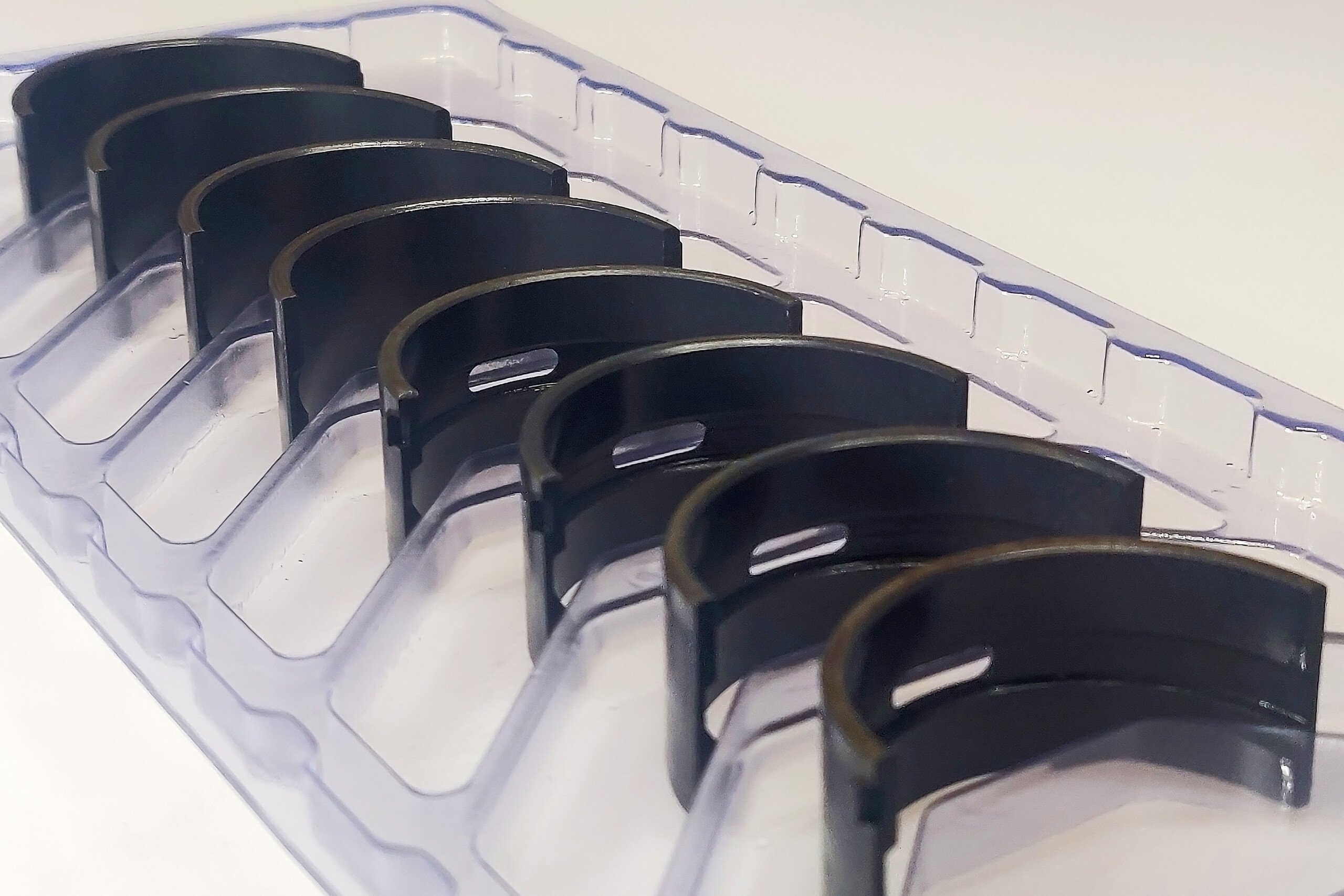One of the more interesting presentations at the recent Advanced Engineering Technology Conference was put on by Dick Amacher of Daido Metal, a global manufacturer of bearings and bushings for the automotive industry. While Daido Metal is a “new” name to the performance industry, the Japanese company’s roots stretch back to 1939, and they have a large presence in the OE market inside the engines of some of today’s hottest high-performance machines like the Chrysler Hellcat 6.2-liter engine, Ford’s 2.3-liter Ecoboost and 5.0-liter Mustang powerplants, and even the Nissan GT-R. The company’s wide range of racing experience includes includes F1, WEC, Moto GP, Indycar, and NASCAR among others.
He started his presentation by first asking the audience full of engine builders whether any of them had ever worked with Daido products, which didn’t get much of a response. Then, he questioned the attendees whether any had worked with a Honda-sized connecting rod bearing, and many hands shot up.
“The Honda-sized rod bearing was originally a Daido-made product that was then cloned by the aftermarket industry when some enterprising engine builders found that it was a good size to use in some of the small-block engine combinations that they were developing,” he explained.
The presentation covered a wide range of useful information including bearing basics, performance factors, simulation testing, and material selection. As Daido specializes in journal-style bearings, Amacher only touched upon some of the properties of a roller-style bearing; they offer continuous contact with the bearing race, are efficient at low speeds, operate with splash lubrication, and are less tolerant of impact.
“Journal bearings operate on film pressure, ideally have no contact, are more efficient at high speed, tolerate impact better, and require pressure lubrication. The theory behind a journal bearing is that as the clearance decreases, and the rotation speed increases, film pressure increases,” he says. “So you have to generate a wedge of film that creates pressure, which requires motion of the shaft.”
Squeeze film pressure, by comparison, is generated by radial motion of the shaft as it moves toward the bearing surface; the oil film pressure increases directly below the closest point of the shaft to the bearing, and lessens radially as the clearance between the shaft and the bearing increases. There are three regimes of friction denoted on the Stribeck Curve — solid/boundary friction, mixed friction, and fluid friction.
“The smoothness of the surface, and its relationship to the oil film thickness, has a lot to do with which regime you’re in. The relationship between the roughness of the shaft and the distance of the oil film, the shaft roughness is very important. One of the things that crankshaft makers have done a really good job of over the last twenty years or so is that the surfaces are a lot better than they were, especially when you have to use OEM crankshafts. Therefore, oil films can be run thinner and lower viscosity oils can be run successfully,” he says.
When the engine is at rest, the rear main journal is laying on the number-five bearing, and the front journal — in most cases — is laying on the top of the number-one main. These factors are affected by the use of belt-drive or timing chain tension, supercharger belt tension, and other similar factors creating tension on the nose of the crankshaft.
As the engine starts, rotation begins and the shaft starts to spin. Evidence of this is found when an engine is disassembled; there will be polishing on the bottom half of the number-five main and on the top half of the number-one main bearings.
Then, as the crankshaft’s motion begins, mixed lubrication begins, and once the engine reaches speed the oil film is established between components.
“When you finally get to full running, you’re under hydrodynamic lubrication, so you should not be touching the bearing material. When you get into heavy load, though, the oil film decreases and can be reduced to as little as 40 microinches — you’re very close to metal-to-metal contact,” he explains. “Cleanliness of the oil and the assembly are critical because of the small size of these dimensions.”
Bearings operate under low combustion pressures; the peak occurs slightly after Top Dead Center, then it falls off as the engine passes further through the cycle.
“Most of the time, the bearing is influenced mostly by balance forces, until it goes back into compression,” says Amacher. “Oil viscosity is significantly higher when the engine is first started compared to when it’s running. It’s also very important to have good engine oil cooling. This is also application-specific in terms of what works for your particular engine.”
Discussion followed of the process followed by Daido when developing a bearing design for a customer.
They use a monitoring tool called the Mobility Method, which requires knowledge of a number of parameters such as component mass, dimensions of crankshaft throw, and connecting rod length. Changing mass at the end of the crankshaft throw requires reduction in the counterweight mass to ensure that the rotating assembly is balanced to keep the main bearing loads optimized.
“It’s also important to know what the axial position is, what the angular position is, and what the radial position is of each of the imbalances in the crankshaft so that we can work out what the loads and the motion of the main bearings are,” says Amacher.
For example, a small- or big-block Chevrolet engine uses a large counterweight at each end of the crankshaft, so the imbalance can be corrected by changing the weights in those two positions, but the intermediate counterweights do not always get the same attention. Amacher says that more attention paid in those areas will help the performance of the engine bearings in the middle positions.
During the process of development, the engine’s firing order is also evaluated in terms of how it influences bearing loads.
“The sequence, how it loads the combustion, are applied to the main bearings between consecutive firings,” he says.
“Likewise, not only is the mass of the connecting rod important, but the center of gravity of that mass. Two rods of the same mass may have different effects just because the center of gravity of the mass is moved from the top to the bottom or vice versa. The reciprocating mass, including the pistons, the rings, and the clips is also important. The Mobility Method assumes that the oil is a Newtonian fluid and that it’s moving between two converging planes, one of which is stationary — the bearing — and one of which is moving, which is the journal. Load carrying can only take place if you’ve got a wedge.”
Modern computing techniques have made possible the solution to the analysis, which is accomplished by calibrating equations for the fluid film pressure.
There are a number of factors that affect maximum oil film pressure and minimum oil film thickness, including increased engine power and torque, reduced bearing diameter and width, change in inertia, too much or too little clearance, high oil temperature, and light weight oils.
For the manufacturer, selecting the proper material to handle all of these factors strikes a balance between fatigue strength and wear resistance on the “hard” side, and seizure resistance, conformability, embeddability on the “soft” side.
Different materials, such as copper, tin, and indium are used in varying amounts and thicknesses to achieve the goal for the particular application, and no two applications are the same. Some require the use of a larger amount of one material over another to provide the correct amount of bearing strength while retaining its ability to conform and absorb debris.



